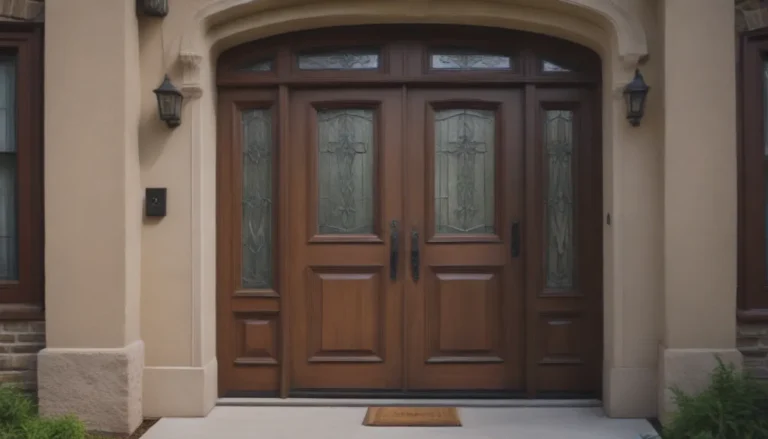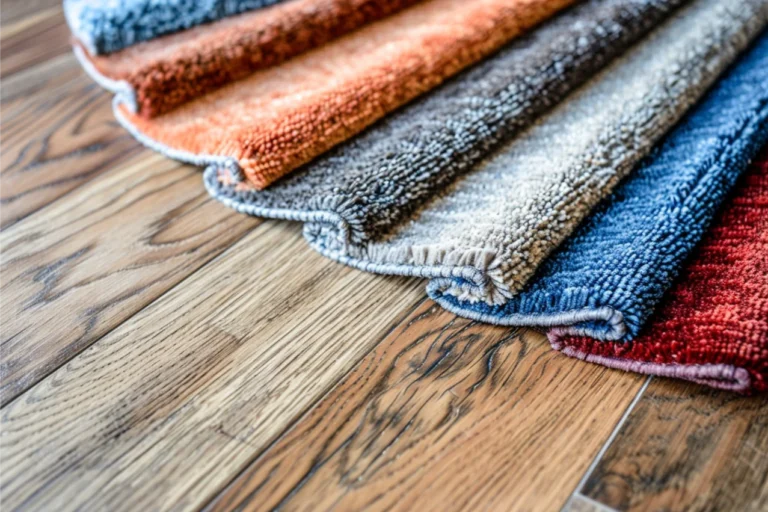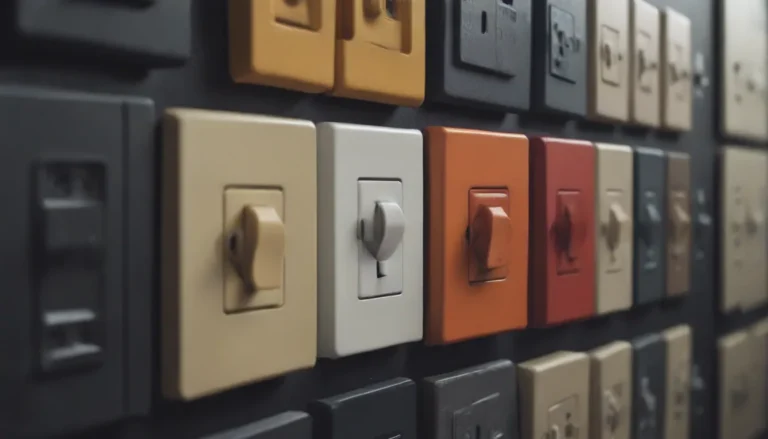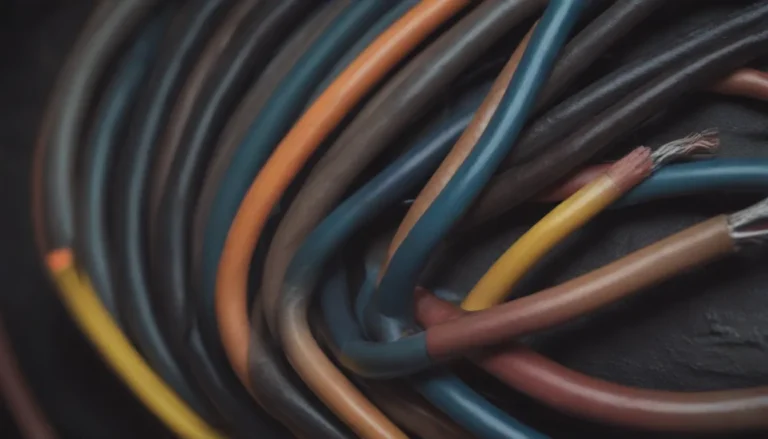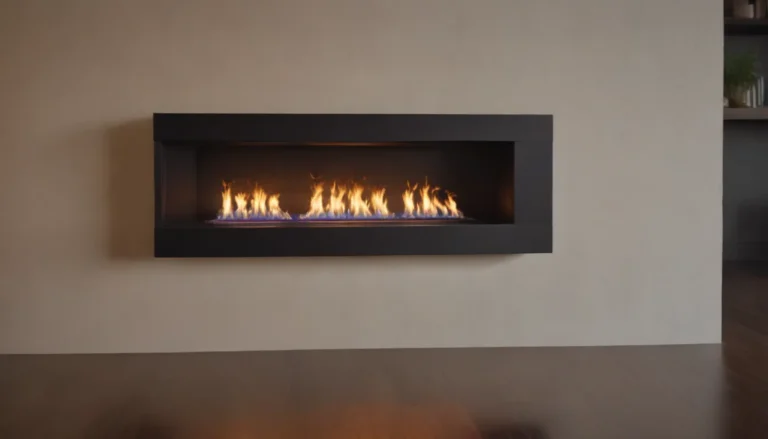Ultimate Guide to Understanding the Plumbing of the Bathroom Sink
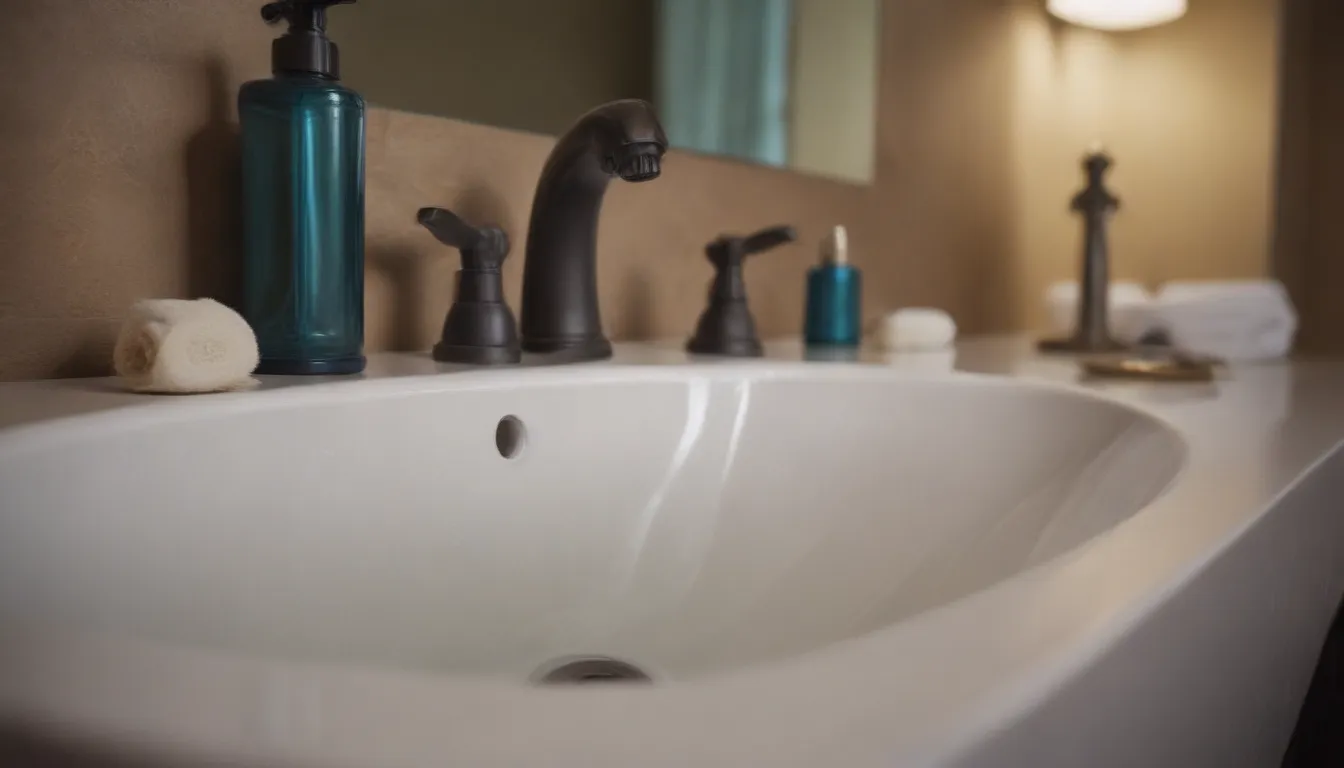
Welcome to our ultimate guide to understanding the plumbing of the bathroom sink! Whether you’re a DIY enthusiast or just looking to learn more about your home’s plumbing system, this comprehensive article will provide you with valuable information on the various components that make up your bathroom sink plumbing.
Why Understanding Bathroom Sink Plumbing Is Important
Not everyone speaks plumbing, and sometimes the names of plumbing components can be confusing. Knowing the names of the parts involved in your bathroom sink can make it easier to buy replacement parts, troubleshoot issues, or communicate with a plumber when needed. By familiarizing yourself with the basic components of your bathroom sink, you can be better prepared to address any maintenance or repair needs that may arise.
Shutoff Valves
The shutoff valves are an essential part of your bathroom sink plumbing. Located between the incoming water supply pipes and the supply hoses connected to the sink faucet, these small valves allow you to turn off the water supply at the sink without affecting the water supply to the entire house. Shutoff valves are typically seen in pairs, with one valve controlling the hot water and the other controlling the cold water.
- Oval, football-shaped handle for easy operation
- Allows you to turn off water supply at the sink
- Can be installed without soldering using compression fittings
- Must turn off water to the house to replace
Supply Tubes
From the sink faucet tailpieces to the shutoff valves, you will find a pair of narrow supply tubes that carry water to the faucet. These tubes can be made of different materials such as braided wire mesh, plastic mesh, solid plastic, or chromed copper. When these supply tubes fail, it’s common to have to replace them to prevent leaks or water damage.
- Various materials including braided wire mesh, plastic, or chromed copper
- Common to replace due to wear and tear
- Attached to tailpieces and shutoff valves with nuts
Drain Tailpiece
The tailpiece, or sink tailpiece, is the straight section of pipe that connects to the bottom of the sink drain fitting. If your sink has a pop-up drain, the lever rod of the drain assembly connects to a port on the back of the tailpiece. The tailpiece attaches to the drain fitting with a slip nut, making it easy to tighten or loosen by hand.
- Slip nut joints allow for easy disassembly
- Used in conjunction with pop-up drains
- Creates a watertight seal
Tip: Slip-nut joints can be helpful if you ever drop an item into the sink drain, as you can disassemble the joint to retrieve it.
P-Trap
The P-trap is a crucial component of your sink plumbing that prevents sewer gases from rising up and out of your sink drain. Made up of a U-bend and a trap arm, this curved section of pipe holds standing water to create a barrier against gasses. The trap is designed to be easily disassembled using slip-nut joints for maintenance or repairs.
- Prevents sewer gasses from entering your home
- Flushes out old water with each use
- Easily disassembled for maintenance
Drain Pipe
The sink drain pipe connects the sink drain to the household plumbing system. Typically three inches in diameter, these drain pipes are connected to the trap arm with slip-nut joints. This makes repairs and maintenance simple and straightforward, allowing for easy access to the plumbing system.
- Three inches in diameter for most bathroom sinks
- Connected to the trap arm with slip-nut joints
- Easy to access for repairs and maintenance
By understanding the plumbing of your bathroom sink, you can confidently address any issues that may arise and ensure the continued functionality of your plumbing system. Whether you’re looking to replace a part, troubleshoot a problem, or simply gain a better understanding of your home’s plumbing, this guide has provided you with the knowledge you need to tackle any plumbing challenges head-on. Remember, a little knowledge goes a long way when it comes to home maintenance and repair!

